As June winds down, your garden is entering one of its most critical phases. What you do right now will directly shape how vibrant, productive, and resilient your plants will be in the months ahead. Whether you’re growing flowers, herbs, or vegetables, this is the perfect moment to set your entire garden up for summer success.
From deep watering techniques to smart mulching, pruning, feeding, and even a few things you should stop doing, this checklist is packed with simple actions that make a big difference. Many of these tasks take just a few minutes, but together they can dramatically boost growth, prevent stress, and even help you outsmart common summer pests and diseases.
So before July rolls in with its heatwaves and dry spells, take an hour or two to work through these 15 essential garden to-dos. Your plants will thank you—with bigger blooms, healthier leaves, and a season full of beauty and abundance.
Prune Spring Flowering Shrubs

Pruning is an art that can redefine your garden’s beauty. After their spring show, shrubs like lilacs and azaleas need a light trim. This task not only shapes the plants but also encourages new growth. A careful cut can lead to a flourish of blooms next season. It’s a meditative practice that connects you with nature, allowing you to sculpt your garden with your own hands. Remember, the right tools are essential for clean cuts, preventing disease. Seeking the perfect balance in pruning leads to healthier, more vibrant plants.
Mulch to Conserve Moisture
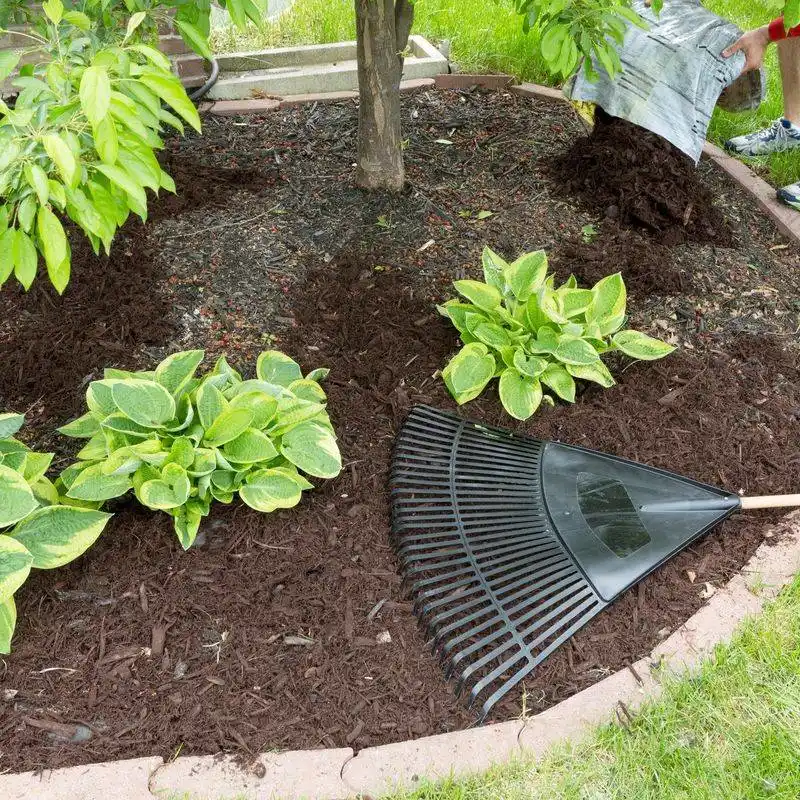
Mulching isn’t just about aesthetics; it’s a vital practice for moisture retention. As temperatures rise, a fresh layer of organic mulch can keep soil cool and reduce evaporation. This simple act shields roots from the harsh sun, ensuring your plants remain hydrated. Mulch also suppresses those pesky weeds that compete for nutrients. Plus, as it breaks down, it enriches the soil with nutrients. Truly, a gardener’s secret weapon! Whether you’re using wood chips or straw, mulching is a step toward a vibrant, stress-free garden.
Check for Pests Regularly
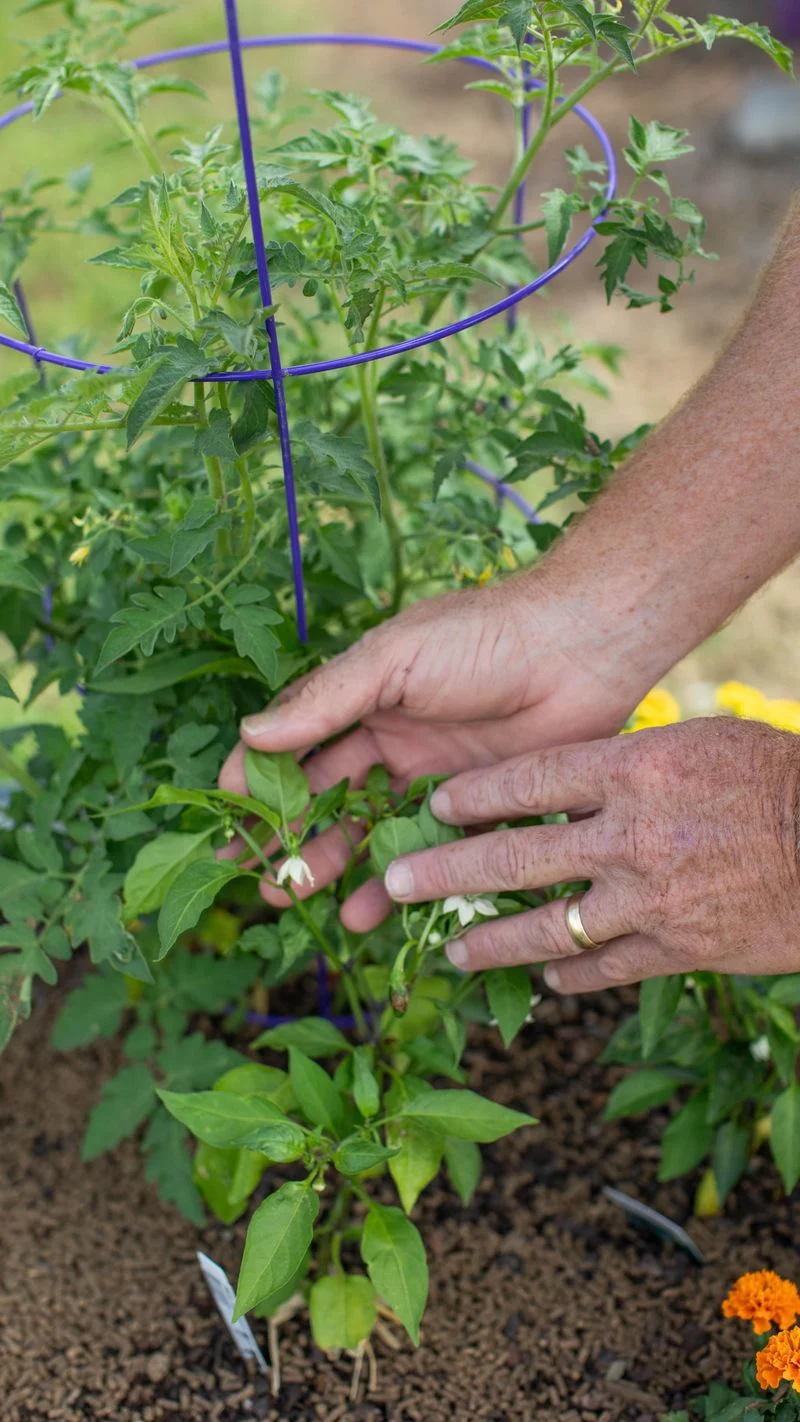
Pests can be stealthy, often going unnoticed until they’ve wreaked havoc. Regular checks are essential to catch them early. Look for telltale signs like holes in leaves or discolored spots. An integrated approach, combining natural predators and organic sprays, can keep infestations in check. By staying vigilant, you can protect your plants without resorting to harsh chemicals. Remember, a healthy garden is a balanced ecosystem. Encourage beneficial insects and maintain diverse plantings to foster a thriving garden environment.
Water Early in the Morning
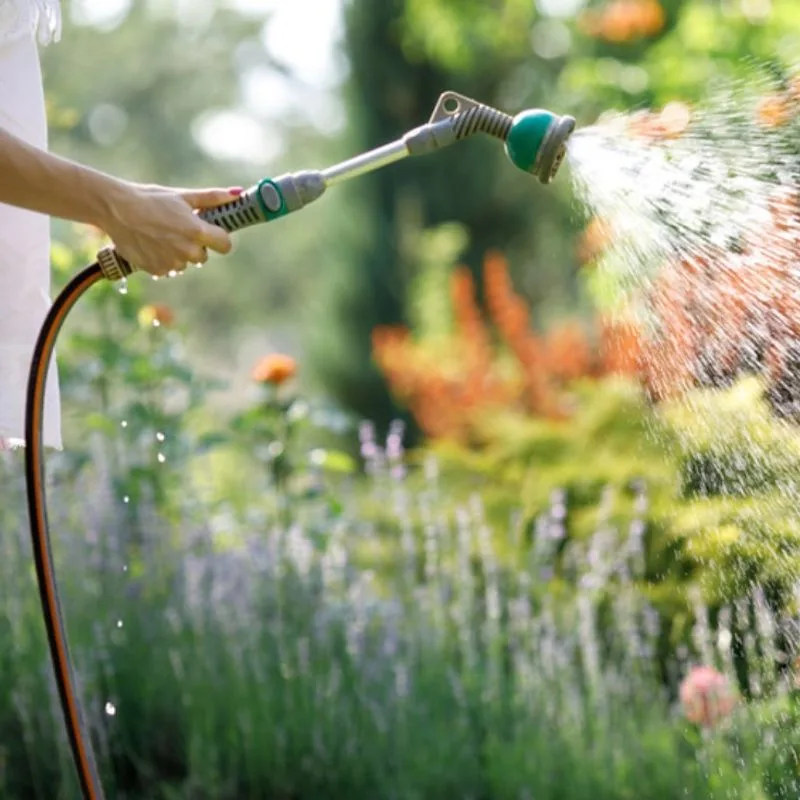
Timing is everything when it comes to watering. Early morning is ideal, allowing water to soak deep into the soil before the sun takes its toll. This prevents evaporation and gives plants a refreshing start to the day. Morning watering also reduces the risk of fungal diseases that thrive in damp conditions. Using a drip system or soaker hoses can further optimize water use. By establishing an efficient watering routine, you’re setting your garden up for success. Remember, deep, infrequent watering encourages robust root growth.
Fertilize Appropriately
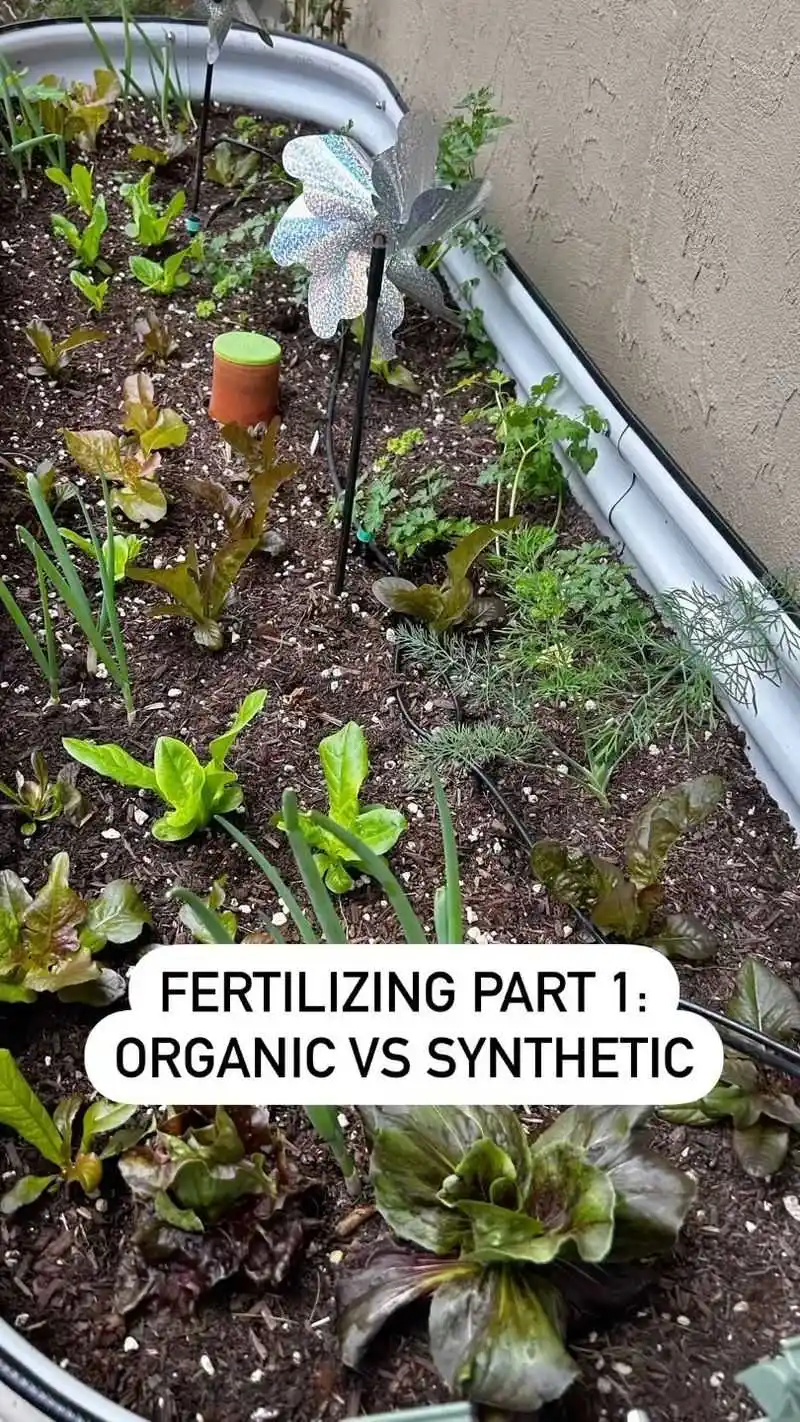
Fertilizing is akin to feeding your plants a balanced diet. Each plant has unique nutritional needs, and knowing them is key. Whether using compost or commercial fertilizers, ensure they’re applied correctly for maximum benefit. This pre-summer boost enhances growth and bloom potential. Always follow guidelines to avoid over-fertilization, which can harm rather than help. With the right nourishment, plants not only grow but thrive, rewarding your care. Consider soil testing to tailor your fertilizing efforts effectively.
Deadhead Spent Blooms
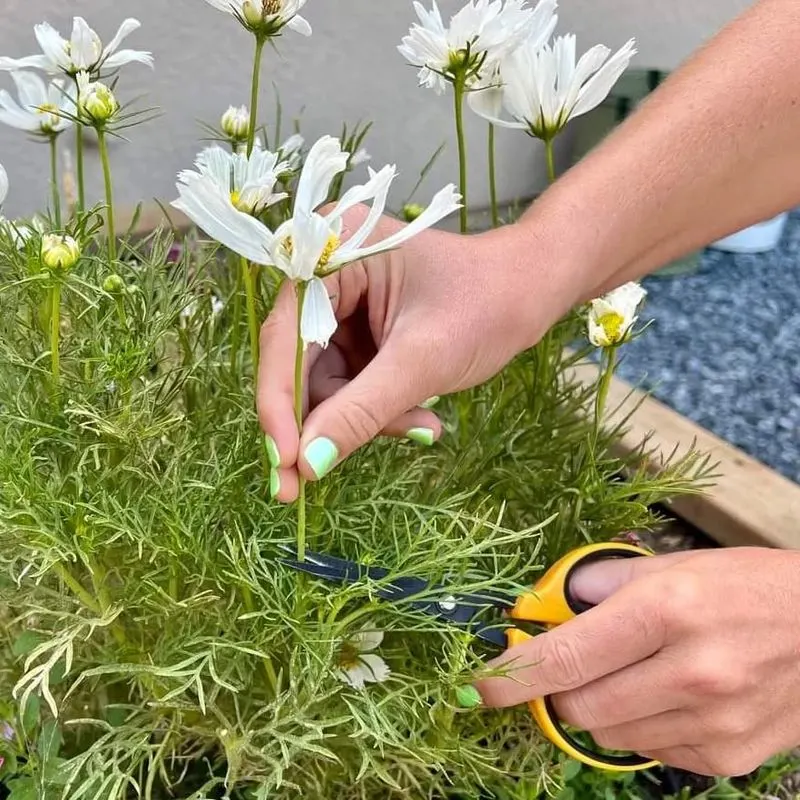
Deadheading is more than just tidying up; it’s crucial for prolonged blooming. By removing faded flowers, you signal plants to produce more blooms. This simple yet effective task rejuvenates plants, keeping them vibrant throughout the season. It’s like giving your garden a second wind, encouraging a continuous display of color. Regular deadheading also prevents seed formation, directing energy back into growth. With scissors in hand, you can transform your garden’s floral performance, ensuring it stays in its prime.
Inspect Soil Health
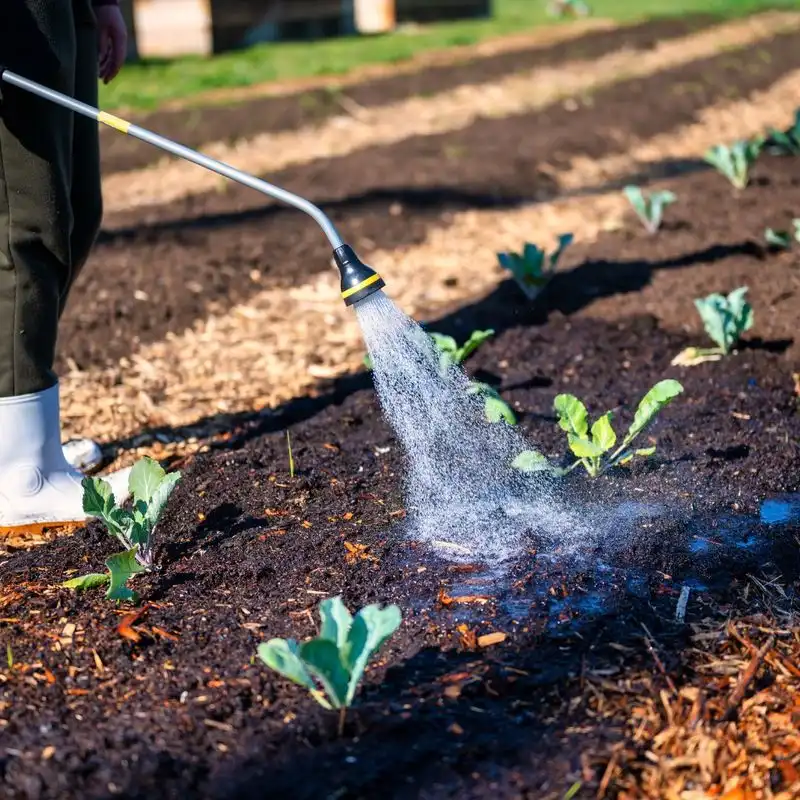
Healthy soil is the foundation of a thriving garden. Regular checks can reveal a lot about its condition. Crumbly, dark soil teeming with earthworms is ideal. Compact, dry soil may require amendments. Testing pH levels can guide you in making necessary adjustments. Adding organic matter like compost can improve structure and nutrient availability. Your soil’s health is reflected in your plants, so taking time to nurture it pays off. With well-maintained soil, your garden is set for a season of robust growth and bloom.
Divide Perennials
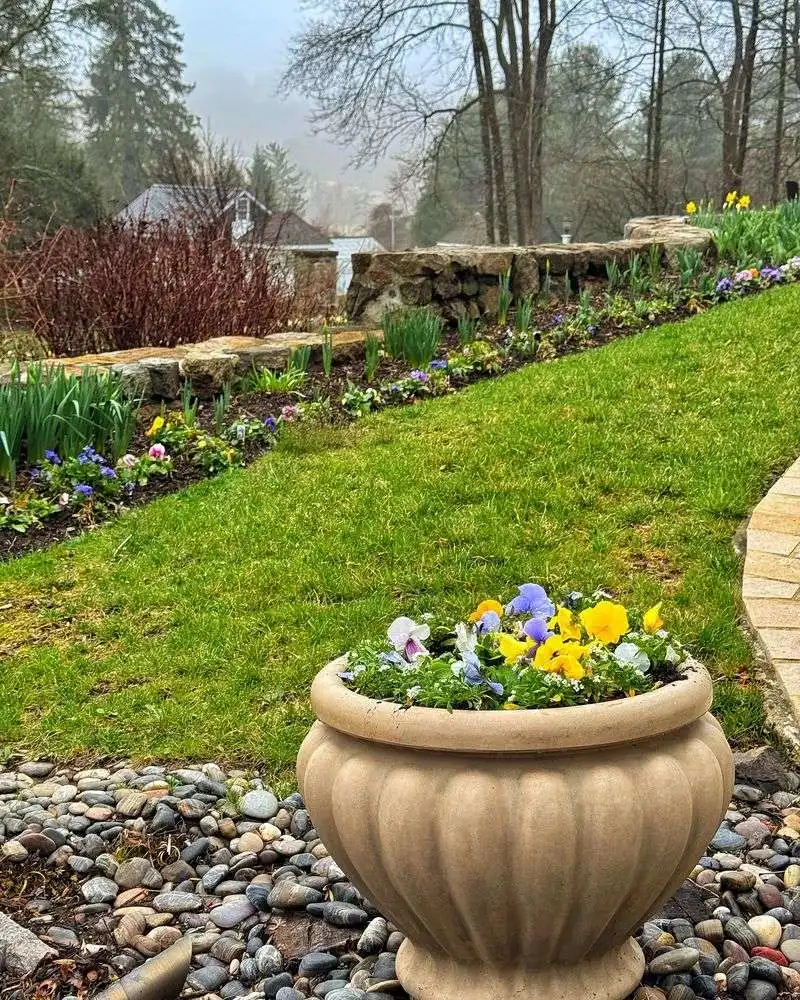
Dividing perennials is like hitting the refresh button for your garden. Over time, plants can become overcrowded, impacting their vigor. By dividing them, you promote healthy growth and increase your garden’s yield. It’s also a fantastic way to propagate your favorite plants. Late spring or early summer is ideal for this task, as it allows plants to establish before the heat sets in. With each division, you’re rejuvenating your garden and sharing beauty with friends or neighbors through plant gifts.
Install Supports for Tall Plants
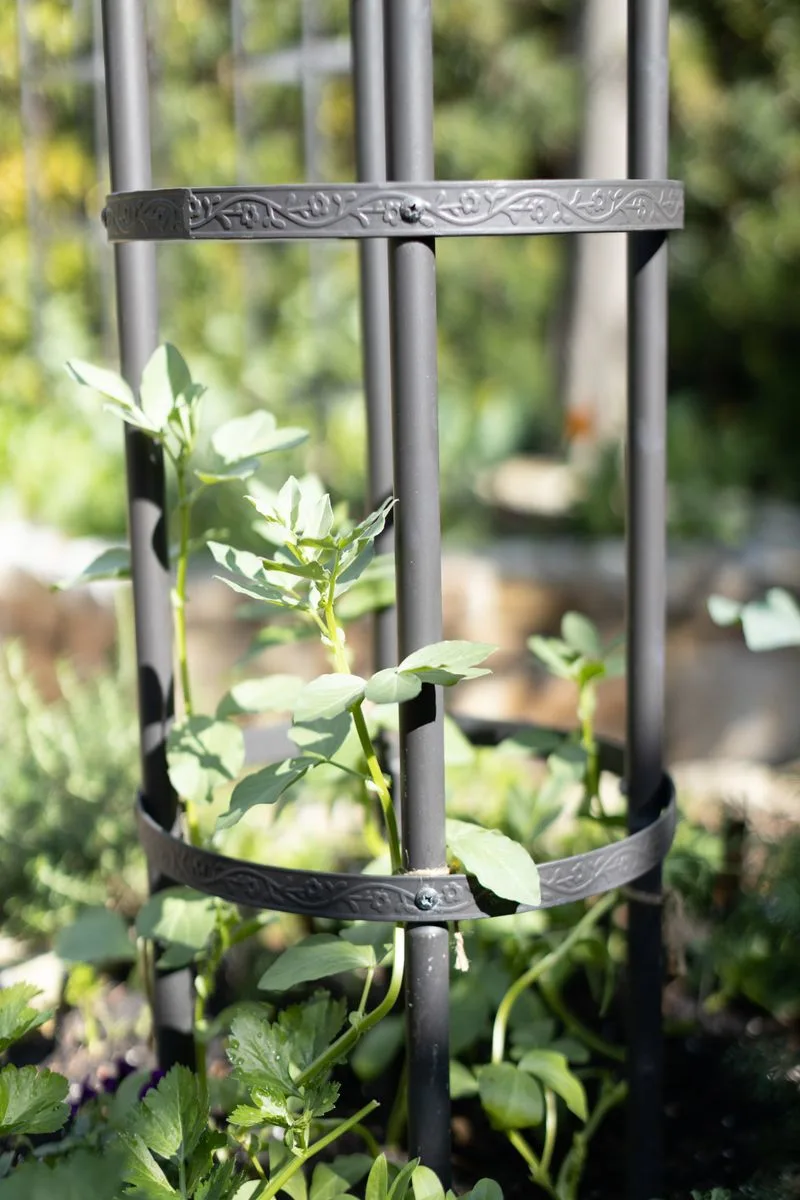
Tall plants, like sunflowers, need a little help standing tall. Installing supports before they become top-heavy is a proactive move. Stakes, trellises, or cages can provide essential stability, preventing breakage from wind or rain. This simple act preserves the plant’s structure, ensuring a full, upright display. It’s a small investment of time that yields big rewards, keeping your garden’s architecture intact. As your plants reach for the sky, you’ll appreciate the foresight of giving them the support they need.
Plan for Succession Planting
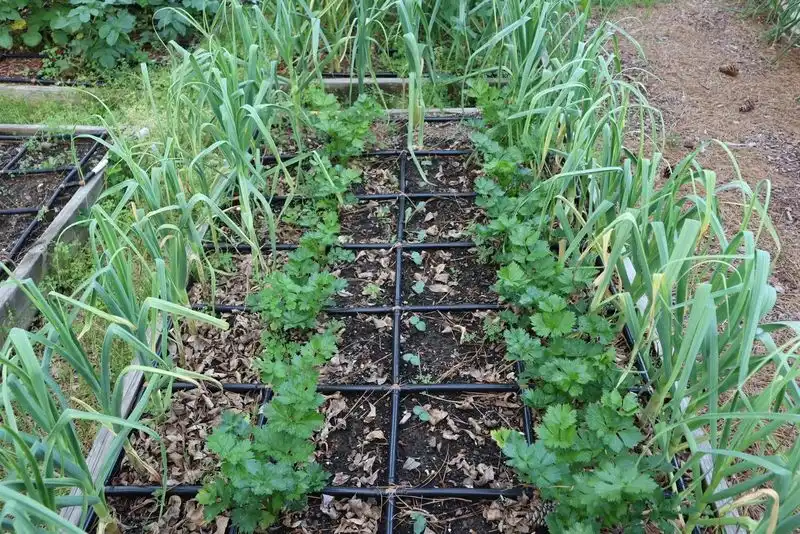
To keep your garden productive all summer, succession planting is the way to go. This involves planting new crops at intervals to ensure continuous harvest. It’s a strategic approach that maximizes space and resources. By planning ahead, you can enjoy a steady supply of fresh produce. Consider fast-growing crops like radishes and lettuce for quick turnover. With a bit of foresight, your garden can deliver a bountiful harvest throughout the season, minimizing gaps in production. Planning truly paves the way for productivity.
Clean and Sharpen Tools
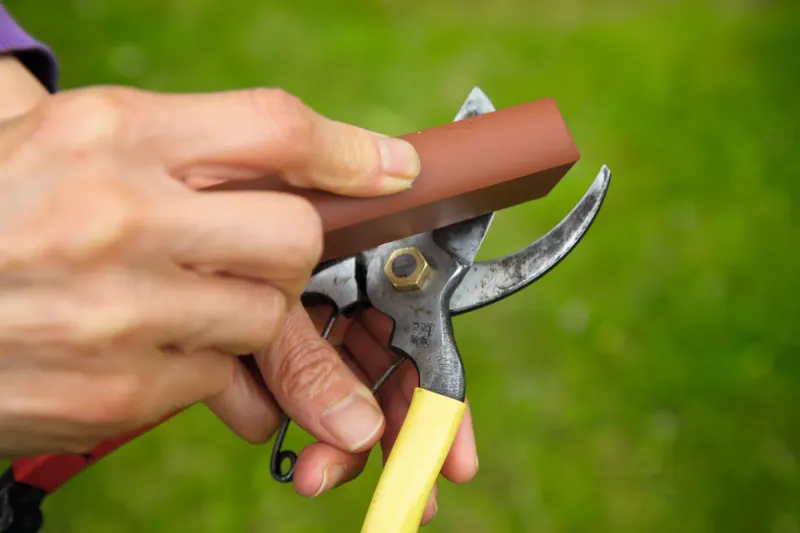
The right tools make all the difference, and keeping them in top shape is key. Regular cleaning and sharpening extend their life and improve performance. Sharp tools make clean cuts, reducing the risk of disease. Cleaning removes rust and sap, preventing damage. A well-maintained toolset is a gardener’s best ally, ensuring tasks are done efficiently and safely. By dedicating time to tool care, you’re investing in your garden’s future. Plus, there’s something satisfying about using tools that work as they should.
Adjust Planting Depths
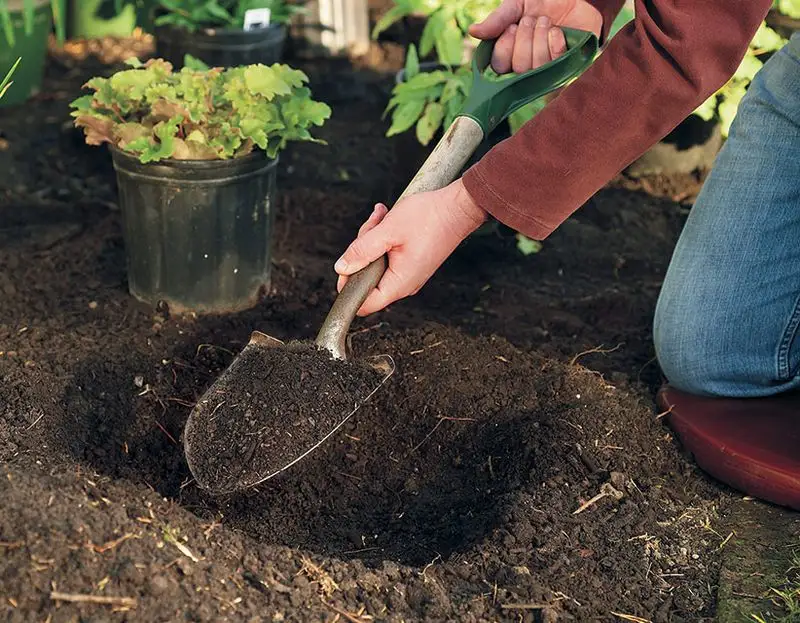
Planting depth can impact a plant’s health more than you might realize. Some plants, like tomatoes, benefit from deeper planting to support root development. Others may suffer if planted too deep. Adjusting depths ensures each plant’s specific needs are met for optimal growth. It’s a detail that can make a big difference in performance. As you adjust, consider each plant’s characteristics and requirements. Correct planting techniques lay the foundation for a successful garden, allowing plants to thrive with the proper start.
Plan Pest-Repelling Companion Plants

Companion planting is a natural pest control strategy that benefits everyone in the garden. Certain plants, like marigolds, can deter common pests with their scent. By strategically placing these allies among your crops, you create a resilient environment. It’s a harmonious approach that reduces reliance on chemical treatments. Besides pest control, companion plants can enhance growth and flavor. Planning your layout to include these beneficial partners is a savvy move. A garden that works together thrives together, thanks to thoughtful planning.
Prepare for Heat Waves
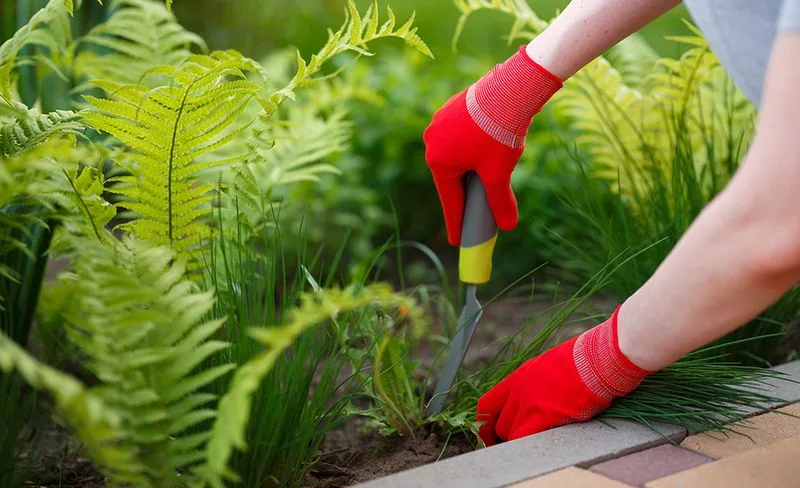
Summer heat can be relentless, but preparation is your best defense. Shade cloths or row covers can provide relief for sensitive plants. These barriers reduce sun exposure and temperature, preventing stress or scorch. It’s a proactive step to ensure your garden’s resilience. Adequate mulching and watering complement these efforts, maintaining moisture and health. Planning ahead for extreme weather keeps your garden thriving, regardless of the forecast. With proper preparation, your plants can weather the hottest days of summer with ease.

